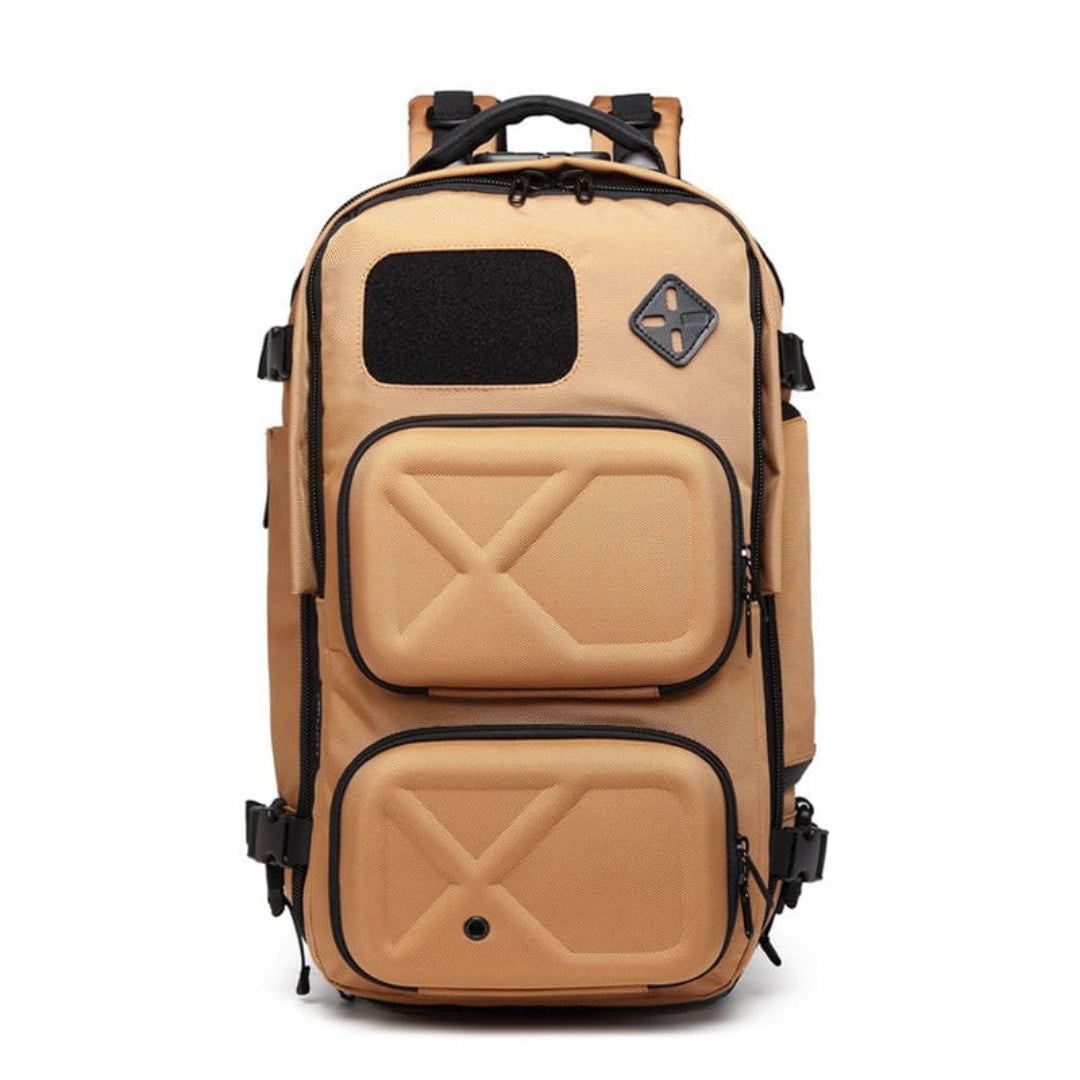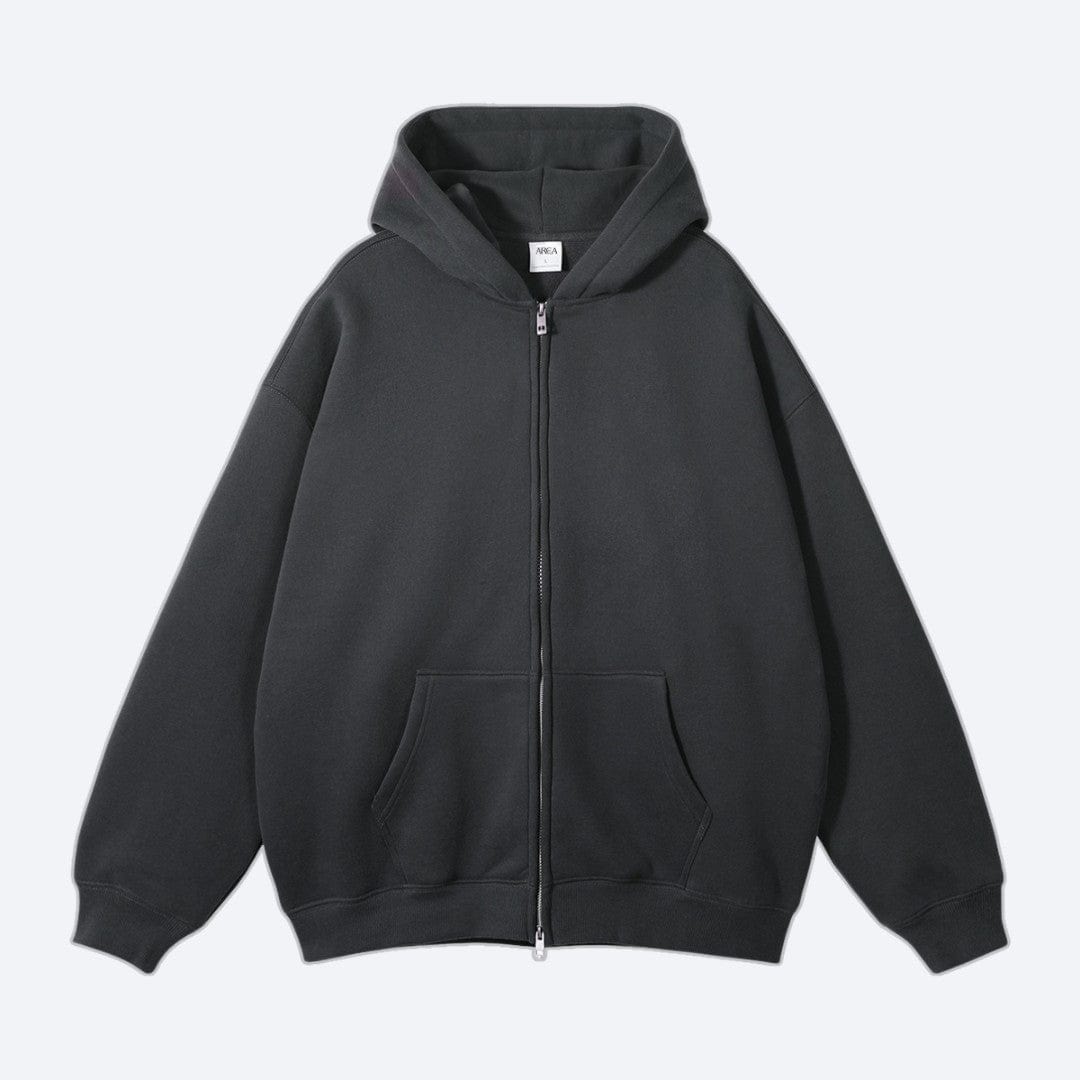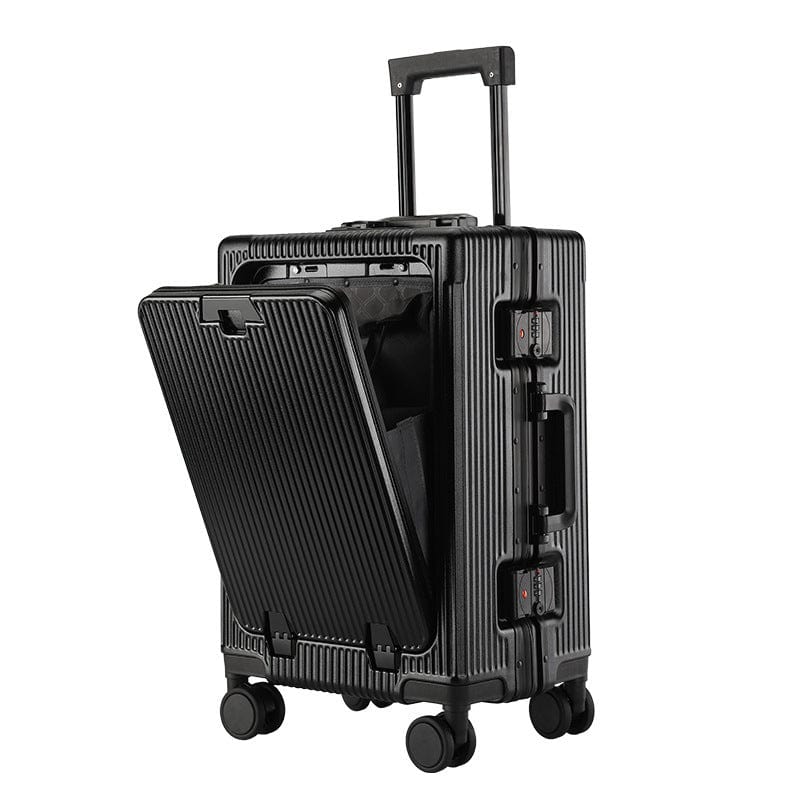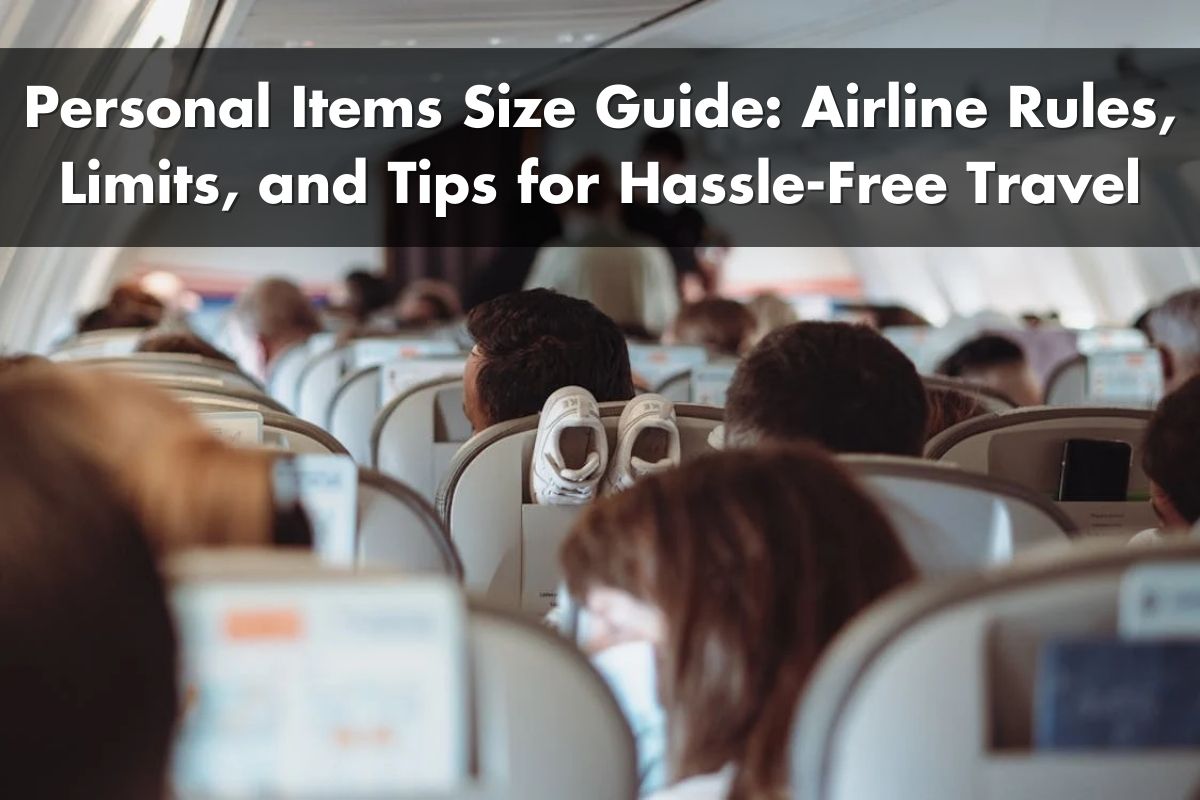When it comes to air travel, understanding personal item size limits can save you from unexpected hassles at the gate. Airlines allow passengers to bring a personal item in addition to their carry-on, but these smaller bags must adhere to specific size restrictions. Typically, personal items should measure no more than 18 x 14 x 8 inches, just enough space for essentials like a laptop, medications, or a compact backpack.
What makes personal items so convenient is their accessibility and practicality. Unlike carry-on luggage, these bags are designed to fit under the seat in front of you, keeping your most-needed items within easy reach. Whether you're packing a purse, tote, or small backpack, knowing the size requirements ensures a smoother travel experience. Plus, many airlines exempt personal items from extra fees, making them a smart choice for light travelers.
Introduction
Airlines often enforce strict size limits, typically around 18 x 14 x 8 inches, to ensure personal items fit under the seat. This size accommodates essentials like laptops, small handbags, and necessary medications.
Personal items provide convenient access to belongings during flights. These items help travelers keep must-haves close without taking up overhead compartment space. For light packers, personal items eliminate the need for checked baggage, which can reduce costs significantly.
What’s the Difference Between a Carry On and a Personal Item?
The distinction between a carry-on and a personal item primarily lies in their size and how they're stored during the flight. A personal item is smaller than a carry-on, typically not exceeding 18 x 14 x 8 inches (45 x 35 x 29 cm), and it must fit under the seat in front of you. Common examples include purses, laptop bags, small backpacks, and briefcases. Personal items keep essentials like electronics, documents, and medications within arm’s reach during the flight.
Carry-on bags, on the other hand, are larger and stowed in the overhead bin. Their maximum size is generally 22 x 14 x 9 inches (56 x 36 x 23 cm), although this size can vary by airline. Carry-ons often include rolling suitcases, duffel bags, or larger travel backpacks. Unlike personal items, carry-ons are used to carry the bulk of your luggage within cabin baggage policies.
Many airlines allow one personal item and one carry-on per passenger, but some budget airlines limit you to just a personal item. Always check your airline’s specific regulations, as the size and weight restrictions for both types of items can differ.
What Counts as a Personal Item?
A personal item includes small bags or accessories that fit under the seat in front of you. Examples are purses, laptop bags, lightweight backpacks, diaper bags, or camera cases. Airlines also accept tote bags, briefcases, or small duffel bags that meet their size requirements.
Everyday essentials like tablets, e-readers, and headphones can count as part of your personal item if stored within one designated bag. Some airlines allow duty-free purchases or coats as additional items, though policies vary.
Compliance with size restrictions is essential since most airlines limit personal items to dimensions like 18 x 14 x 8 inches. Double-check specific airline guidelines to avoid surprises at boarding.
Personal Item Sizes by Airline
Different airlines enforce varying size restrictions for personal items, with most requiring them to fit under the seat directly in front of the passenger. Here’s a breakdown of common personal item size limits:
North America
- JetBlue Airlines Maximum dimensions are 17 inches (43.2 cm) long, 13 inches (33 cm) wide, and 8 inches (20.32 cm) tall.
- United Airlines Personal items must not exceed 9 inches x 10 inches x 17 inches (22 cm x 25 cm x 43 cm). Items must fit completely under the seat.
- American Airlines Items with a maximum of 18 inches x 14 inches x 8 inches (46 cm x 36 cm x 20 cm) are allowed to ensure a proper fit under the seat.
European Carriers
European airlines often have stricter size policies for personal items:
- British Airways Permits personal items up to 16 inches x 12 inches x 6 inches (40 cm x 30 cm x 15 cm).
- Ryanair Requires items to be no larger than 15.7 inches x 7.9 inches x 9.8 inches (40 cm x 20 cm x 25 cm). Items exceeding these dimensions may incur fees.
Asia and the Middle East
Asian and Middle Eastern airlines rarely disclose specific size guidelines for personal items but usually align them with general under-seat dimensions:
- Dimensions around 15 inches x 10 inches x 8 inches (38 cm x 25 cm x 20 cm) are accepted on many carriers. It's crucial to verify directly with the airline due to variability.
Key Considerations
I always double-check airline-specific guidelines for combined dimensions and weight limits. Common weight thresholds range from 10 to 25 pounds (4.5 to 11 kg). Additionally, low-cost carriers may impose tighter rules or restrict personal items more than traditional airlines.
Refer to airline websites or your booking information for the most accurate sizing details.
North American Airlines’ Personal Item Sizes
Personal item size restrictions vary widely among North American airlines, making it essential to review these guidelines before traveling. Each airline defines personal item dimensions based on what fits under the seat in front of you, ensuring accessibility during the flight.
- American Airlines Allows personal items up to 18 x 14 x 8 inches (45 x 35 x 20 cm). Accepted items include purses, laptop bags, or backpacks that fit under the seat. Notably, diaper bags, child safety seats, and medical or mobility devices don't count as personal items.
- Southwest Airlines Permits items measuring 16.25 x 13.5 x 8.5 inches. Bags must comply with the under-seat storage requirement to qualify as personal items.
- United Airlines Has a smaller limit of 17 x 10 x 9 inches (43 x 25 x 23 cm). Acceptable personal items include backpacks and laptop bags.
- JetBlue Airlines Limits personal items to 17 x 13 x 8 inches. Items like purses and compact bags fit their requirements.
- Frontier Airlines Sets the dimensions at 18 x 14 x 8 inches, similar to American Airlines. It allows items like a small duffel bag or daypack.
The lack of a standard measurement among major carriers highlights the need to double-check your airline’s policy. While weight restrictions on personal items are uncommon in North America, the total size must meet the stated guidelines.
How Strict are Airlines About Personal Items?
Airlines enforce personal item size rules with varying levels of strictness depending on the carrier and ticket type. Many budget airlines, such as those operating basic economy fares, rigidly check personal item dimensions at the gate since they rely on ancillary fees for revenue. They often provide sizers to confirm compliance. Items exceeding the size limits are usually required to be checked, often incurring additional fees.
Major carriers typically focus less on enforcement if personal items appear to fit under the seat. For example, most North American airlines allow flexibility unless the bag is visibly too large or obstructive. However, passengers on basic economy fares might face closer scrutiny depending on the boarding process and staff discretion.
European airlines generally apply stricter control over personal item dimensions. Many limit their under-seat measurements to smaller sizes, such as 16 x 12 x 6 inches. Travelers on budget European carriers experience tighter checks, especially for those flying without priority boarding or checked baggage.
Asian and Middle Eastern airlines rarely provide specific size guidelines for personal items, leading to inconsistent enforcement. In my experience, staff on these carriers tend to be lenient as long as the bag can be easily stowed. However, tightly packed flights could heighten attention to personal item compliance.
Understanding a carrier's policy is crucial to avoid unexpected issues. Frequent travelers often choose compact and flexible bags that conform to most airline requirements. A small misstep, particularly with strict budget airlines, can result in costly fees or delays at boarding.
The Best Personal Item Bags
Choosing the right personal item bag can make all the difference when traveling. I always look for compact, lightweight options that maximize space while staying within airline size limits. Bags with multiple compartments help keep essentials organized and easily accessible during flights.
It's also worth investing in a durable, versatile bag that fits under most airline seats. Whether it’s a sleek laptop bag, a small backpack, or a stylish tote, the key is balancing functionality with compliance to avoid unnecessary hassles. For frequent travelers, a bag designed to meet multiple airline requirements is a smart choice.













